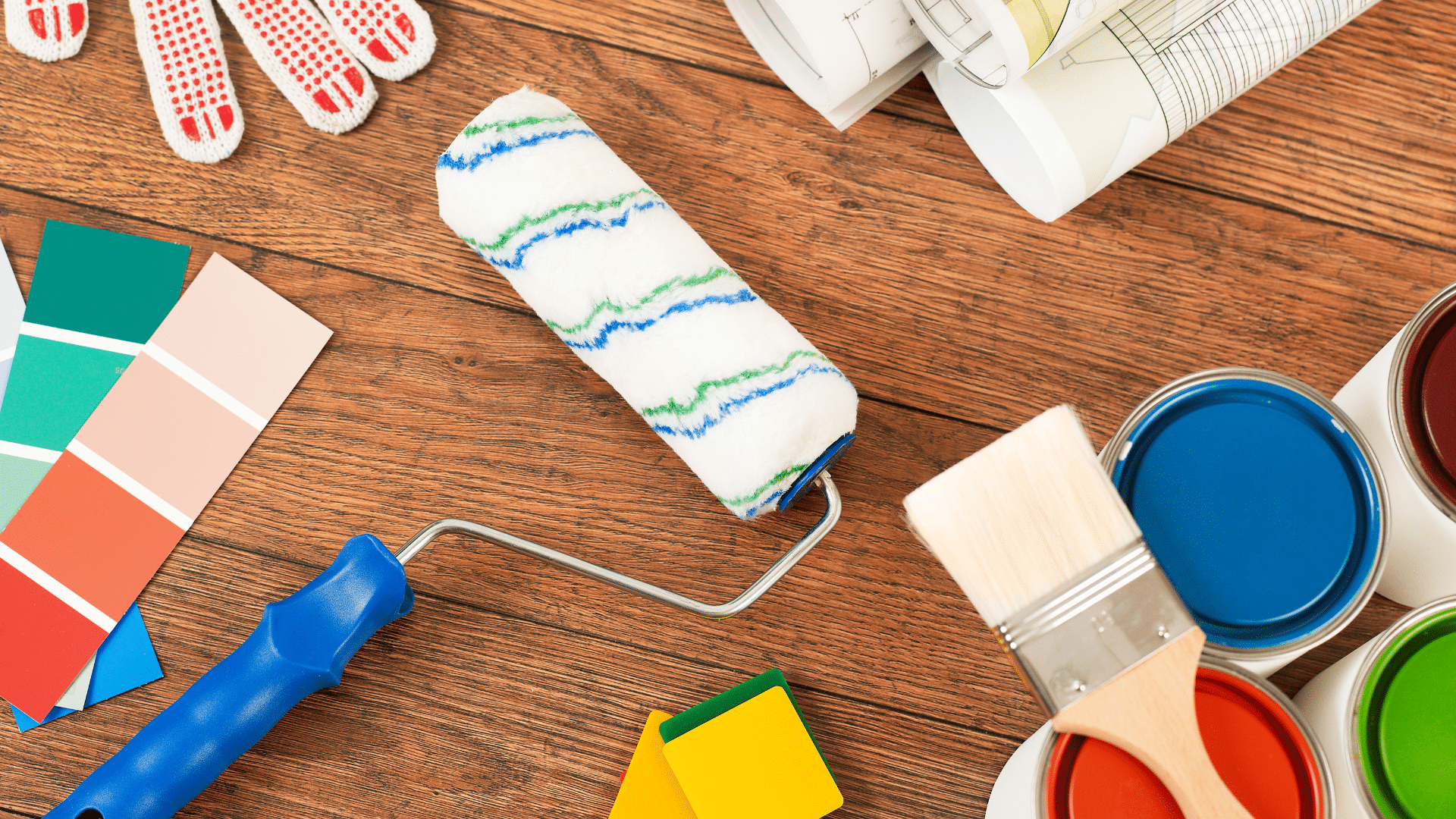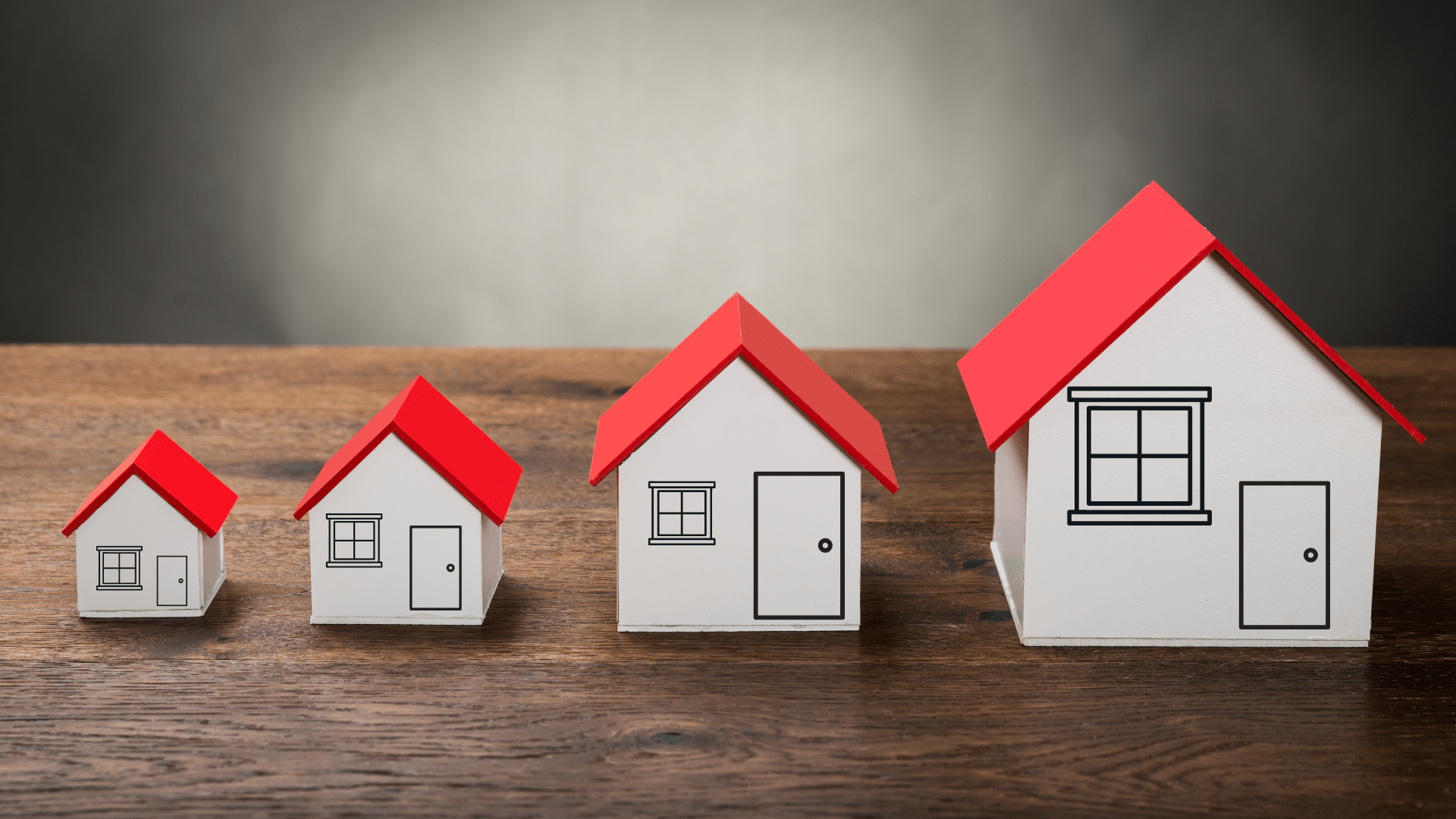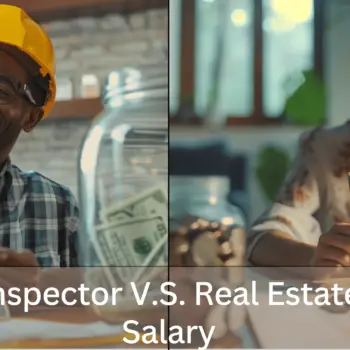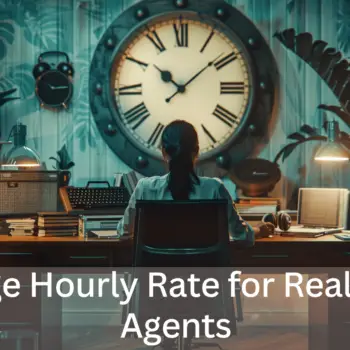Did you know staged homes sold for 21% over the listing price?
But even with that pretty ROI, someone needs to foot the bill. So, do real estate agents pay for staging? It depends on the agreement an agent has with the seller, but often, the bill belongs to the seller.
However, as a gift to clients, marketing technique, and to reduce a property’s time on the market, an agent may help a client cover parts of the staging bill like the consultation. The choice to cover partial costs is neither mandatory nor a real estate norm.
From the costs involved in staging to how to discuss staging costs, today, we reveal factors that affect the staging price tag. We’ll also discuss the alternative options to help you save a buck or two.
Costs Involved in Staging
The costs of staging a property can quickly add up. Whether your client chooses to hire a professional stager or tackle the project themselves, it’s essential to understand the various expenses involved.
But if you happen to be a real estate agent and interior designer, you can help your clients reduce costs and turn their homes into simulation centers, places where buyers can envision themselves living. By combining both your disciplines, you can offer clients a comprehensive service.
Professional Stager Fees

If you and your client opt for the expertise of a professional stager, prepare your client to invest in the services. Consultation fees can range from $150 to $1800, depending on the stager’s experience, the home’s size, and the project’s scope.
Design fees or staging fees, which cover the stager’s time and creativity in crafting the perfect look for your listing, can also take a significant chunk out of a client’s budget. The fees will be primarily dependent on the number of rooms the house has.
According to bankrate.com, stagers who don’t charge per hour usually have a flat fee of roughly $800. That is another cost to factor in.
Let’s not forget about the rental fees for furniture and accessories, which range from $800 to $1000 per month for the staging duration.
Considering these components, staging experts estimate that projects can cost sellers 1% to 1.25% of the list price.
For example, with the current average house price of $420 800, a seller may pay $4208 or $5260 for staging.
DIY Staging Costs

Some brave souls decide to take on staging themselves. For this group of home sellers, the costs can be more manageable. However, some expenses cannot be done away with and can still dent your wallet.
Sellers and their agents have to prepare for the cleaning and decluttering. Market costs of cleaning products like floor cleaners and toilet detergents don’t exceed $10 each. An easy cost to work around.
Depersonalization shouldn’t even cost your client a thing. However, the costs of furniture rentals, transportation, and storage for the furniture the client will be moving out of the house for staging can hike up to several thousand dollars.
For example, some of the most reliable moving companies in the country charge $800 to $2000 for a local move, while furniture rentals can go up to $900 for a living room set, Flatscreen TV, and a bedroom set.
Did I mention the costs of mowing the lawn, cleaning the backyard, trimming hedges, and power washing the exterior and the walkway?
Factors Affecting Staging Costs
Regardless of the route your client chooses, staging a home depends on several factors. Understanding these elements can help you navigate the staging process and make informed decisions that align with the seller’s budget and goals.
Size of the Property

Property size is a major player in determining staging costs. A sprawling, multi-bedroom home naturally requires more furniture, accessories, and design expertise than a cozy studio apartment.
More square footage means more space to fill, which translates to higher expenses for professional stagers and DIY enthusiasts.
Scope of the Staging Project
Another crucial factor is the extent of the staging project. Are you aiming to stage the entire home from top to bottom or only focusing on key areas like the living room, kitchen, and master bedroom? The more rooms involved, the more time and resources will be required, driving up the overall costs.
Location and Market Conditions

Where the property is located can also significantly impact staging expenses. In high-end, competitive markets, the bar for staging is set higher, demanding top-quality furnishings and cutting-edge design trends.
This can lead to steeper costs compared to more modest markets where buyers may have different expectations.
For example, in a recent interview, agents in NYC stated that staging in the state revolved around $9000 to $16,000 for a two-bedroom house. This number is well above the $150 to $1800 average.
Quality of Staging Items and Design
The quality of the staging items and the level of design expertise will also influence the final bill. Opting for high-end, luxurious furniture and accessories will undoubtedly cost more than choosing mid-range or budget-friendly options.
Similarly, hiring a renowned, experienced stager with a proven track record may come with a heftier price tag than working with a newer, less established professional.
Market Trends

Keeping up with the latest market trends can also affect staging costs. As design styles and buyer preferences evolve, stagers may need to invest in new furniture and accessories to stay current. This constant need to adapt and update can contribute to the overall expenses associated with staging.
Alternatives to Traditional Staging
While traditional staging is a powerful tool for selling a property, it’s not the only option available. In recent years, alternative staging techniques have emerged, offering agents and sellers new ways to showcase a home’s potential without breaking the bank.
Virtual Staging

Virtual staging is a cutting-edge approach that harnesses the power of technology to transform empty rooms into beautifully designed spaces – all without lifting a single piece of furniture.
Through sophisticated software and skilled digital artists, virtual stagers create realistic, eye-catching images that help buyers envision themselves in the home.
The process is relatively simple:
- Professional photos of the empty property are taken
- Virtual stagers digitally add furniture, accessories, and decor to the images.
The result is a set of stunning photos that can be used in online listings, marketing materials, and even in-person showings via large-screen displays.
If you are a new agent struggling to get listings, check out this guide on how agents generate listings.
One of virtual staging’s biggest advantages is its cost. It is often more affordable than traditional staging, which can involve thousands of dollars in rental fees and design expenses.
Virtual staging prices range from $72 to $360, making it an attractive option for agents and sellers who want to save money without sacrificing visual impact.
Partial Staging
Partial staging is another cost-effective alternative focusing on key rooms rather than the entire home. By strategically staging the most important spaces, such as the living room, kitchen, and main bedroom, agents can create a strong first impression.
This targeted approach can benefit properties with unique features or challenging layouts. By highlighting the best aspects of the home and downplaying any potential drawbacks, partial staging can help buyers see the possibilities and fall in love with the space.
Besides being more affordable than full-scale staging, partial staging offers flexibility. Agents and sellers can decide which rooms to prioritize based on their budget, timeline, and the property’s specific needs.
This customization allows for a more tailored, effective staging strategy that maximizes the home’s appeal without overspending.
How to Discuss Staging Costs with Clients

The conversation about staging costs can be a delicate dance. On one hand, you want to convey the incredible value that staging can bring to the selling process, but on the other hand, you don’t want to overwhelm clients with unexpected expenses.
Questions around staging are some of the common questions for real estate agents, so it is important to be prepared for the conversation.
Mastering this discussion is key to getting clients on board with staging and ultimately achieving the best possible outcome for their property.
Communicating the Benefits of Staging
When broaching the topic of staging costs, lead with benefits. Paint a vivid picture of how staging can transform a property and capture buyers’ hearts.
Share success stories of homes that sold quickly and for top dollar, thanks to expert staging. Use compelling statistics to demonstrate the tangible impact that staging can have on a listing’s performance.
Providing Cost Estimates and Options

Once you’ve established the value of staging, it’s time to get down to the nitty-gritty of costs. Be transparent and upfront about the potential expenses involved, providing a range of options to suit different budgets and needs.
Break down the costs into categories, such as professional stager fees, furniture rental, and accessory purchases, so clients can see exactly where their money is going.
If you’re offering to cover some or all of the staging costs yourself, clearly communicate this to your clients. Explain your reasoning behind this decision, whether to give the property a competitive edge or demonstrate your commitment to getting the best possible price for their home.
Incorporating Staging Costs into the Marketing Strategy
Finally, it’s crucial to present staging costs as an integral part of the overall marketing strategy. Help clients understand that staging is not an isolated expense but rather a vital component of a comprehensive plan to showcase their property in the best possible light.
Discuss how staging will be incorporated into the listing photos, virtual tours, and open houses.
Explain how you’ll leverage the staged spaces to create buzz on social media and attract potential buyers. By positioning staging as a vital piece of the marketing puzzle, you can help clients see it as a necessary investment rather than an optional extra.
Striking the Right Balance in Real Estate Transactions
Staging a home can be a powerful tool for selling a property quickly and at a higher price. Sure, it is not cheap, but by using alternative options, you can still help you produce a sale-worthy listing.
Next Steps:
If you’re considering staging a property, here are some steps to take:
1. Evaluate: Determine your client’s budget and the staging method that best fits the budget.
2. Discuss: Ensure your clients understand the benefits and costs of staging, providing transparent estimates and options.
3. Reuse: Incorporate staging into your overall marketing strategy to maximize the property’s appeal to potential buyers.
4. Try Alternative Options: If you’re looking for cost-effective alternatives to traditional staging, consider virtual staging or partial staging.
Have you had success with staging properties in the past? Share your experiences and tips in the comments below. If you’re new to staging, try implementing these strategies in your next listing and let us know how it goes.











